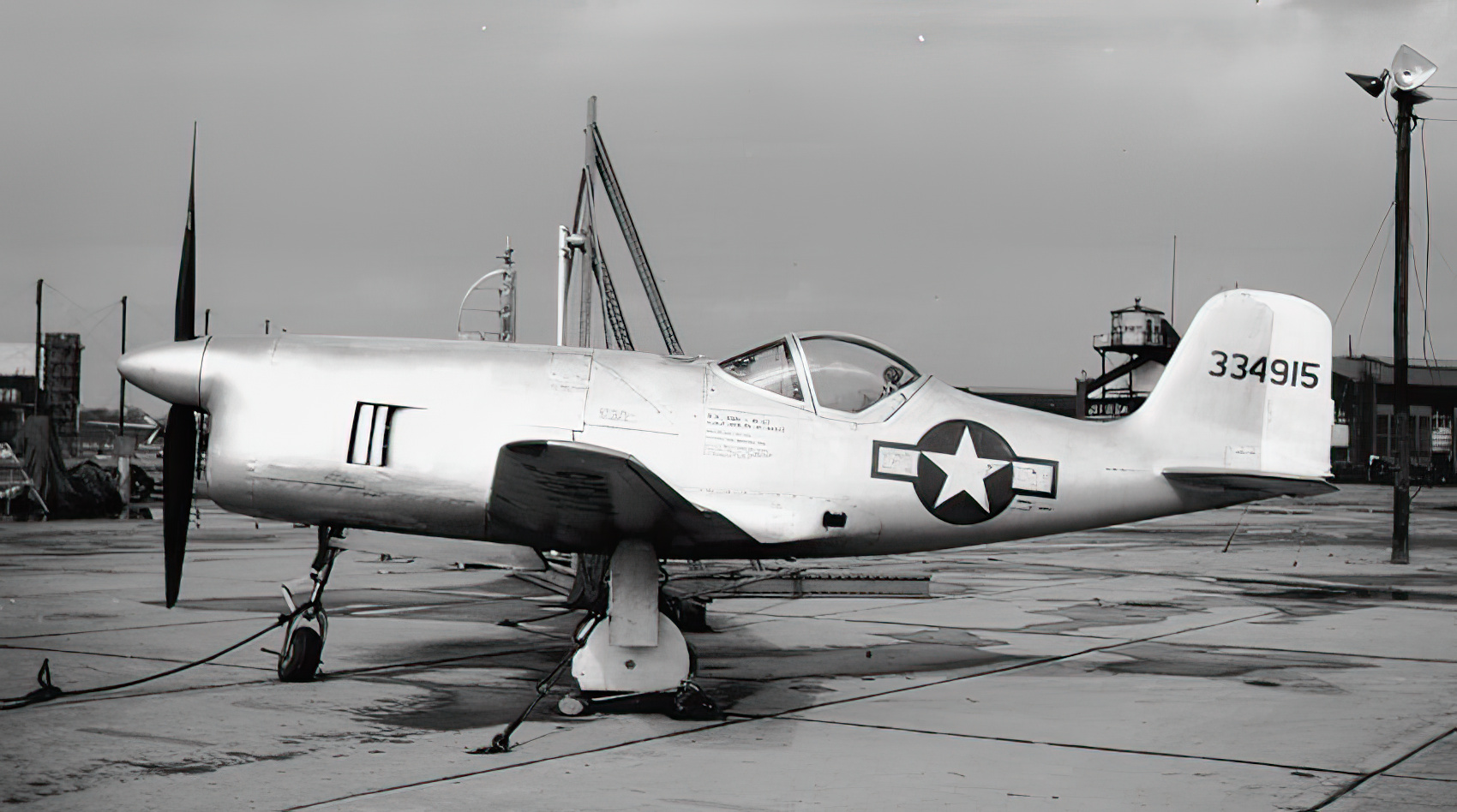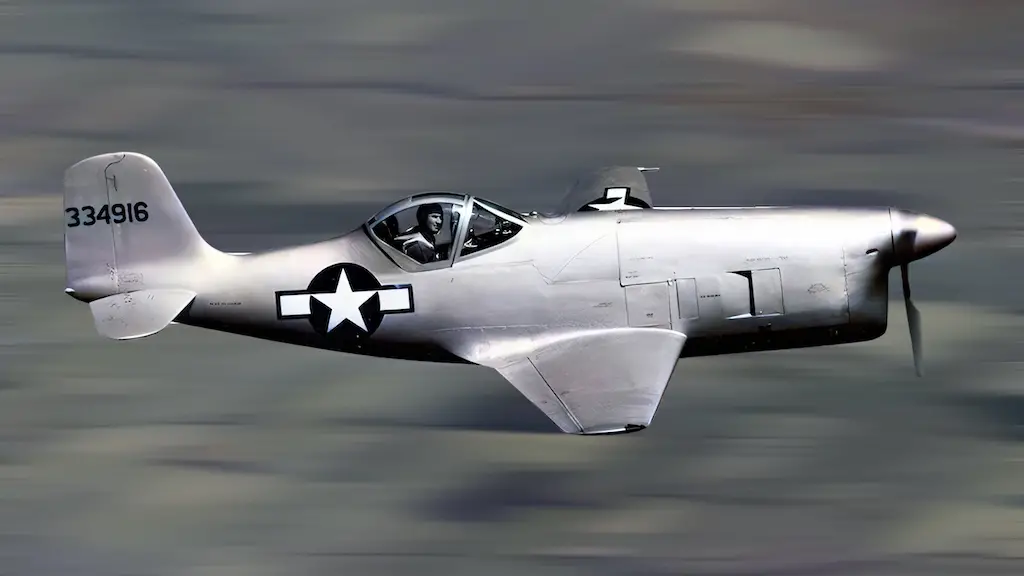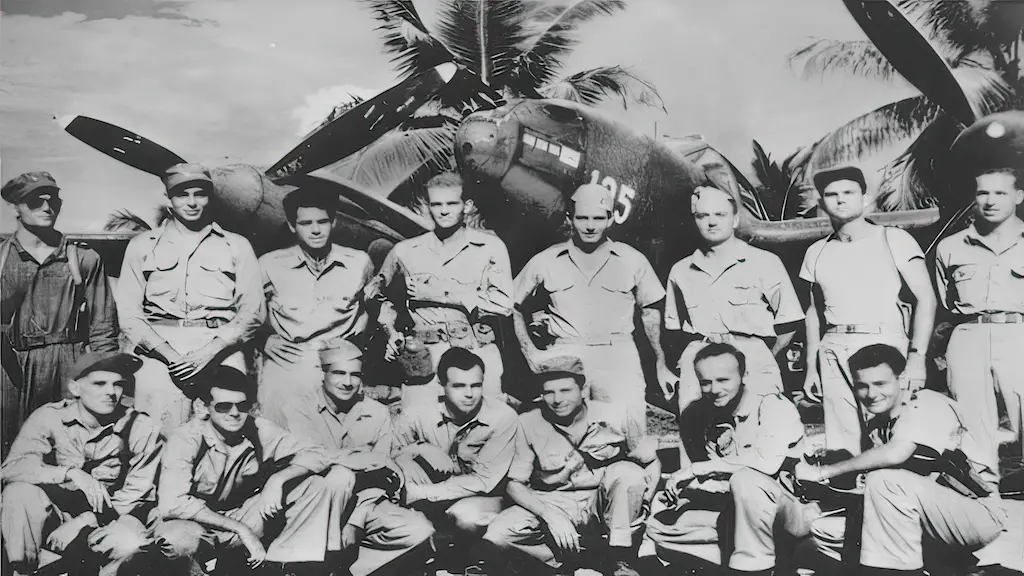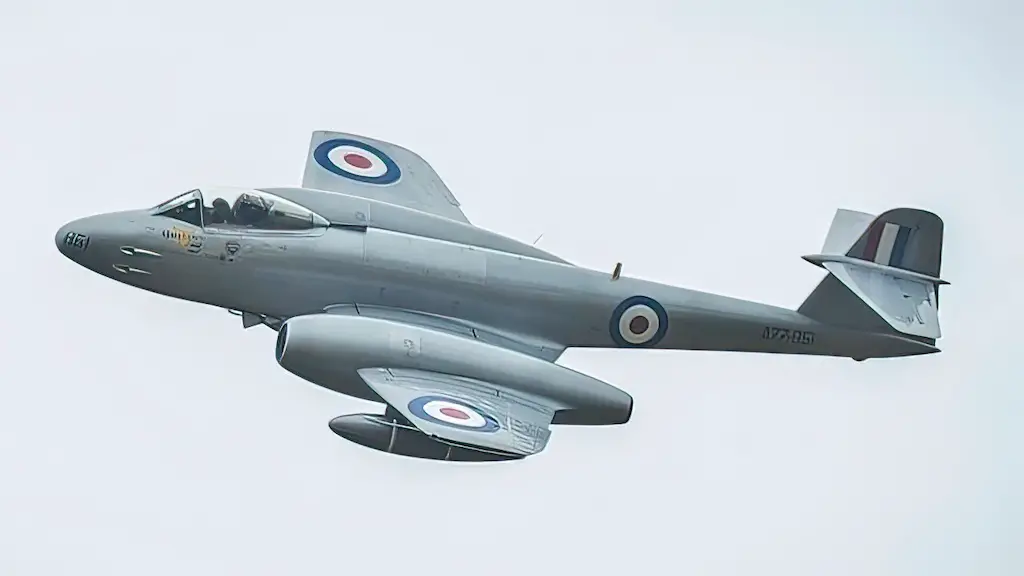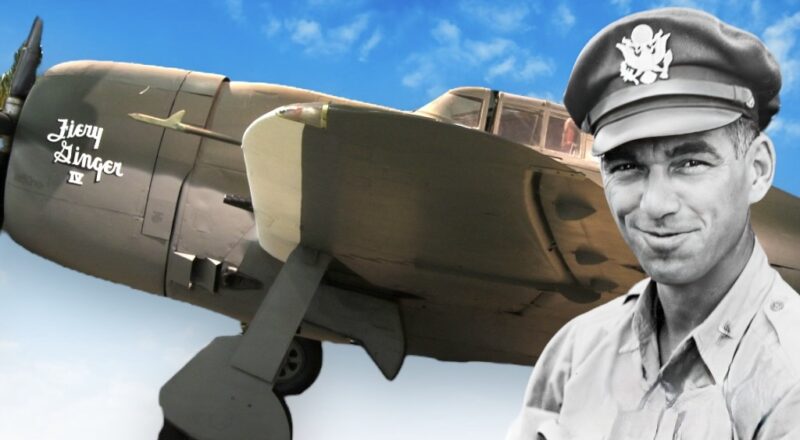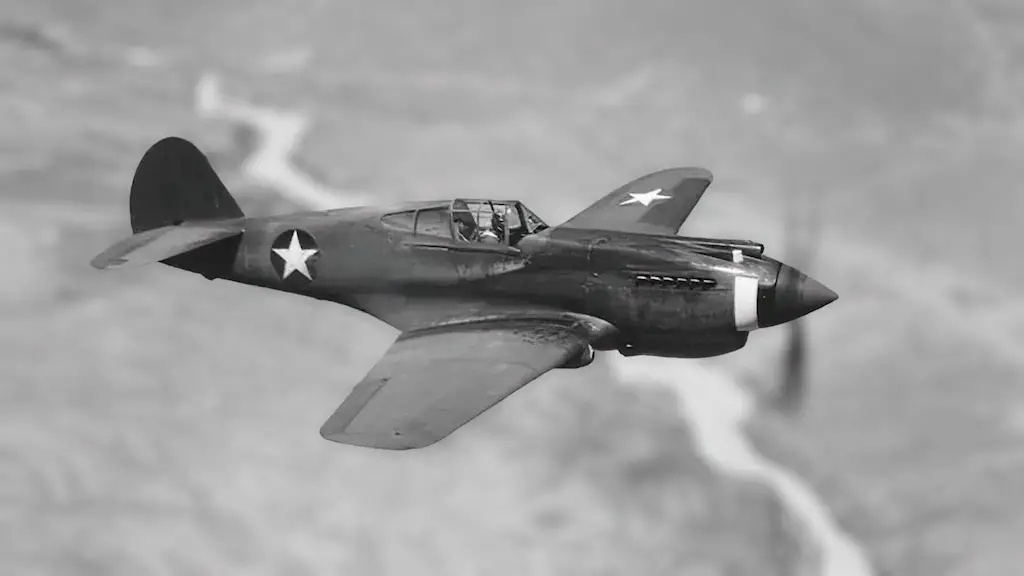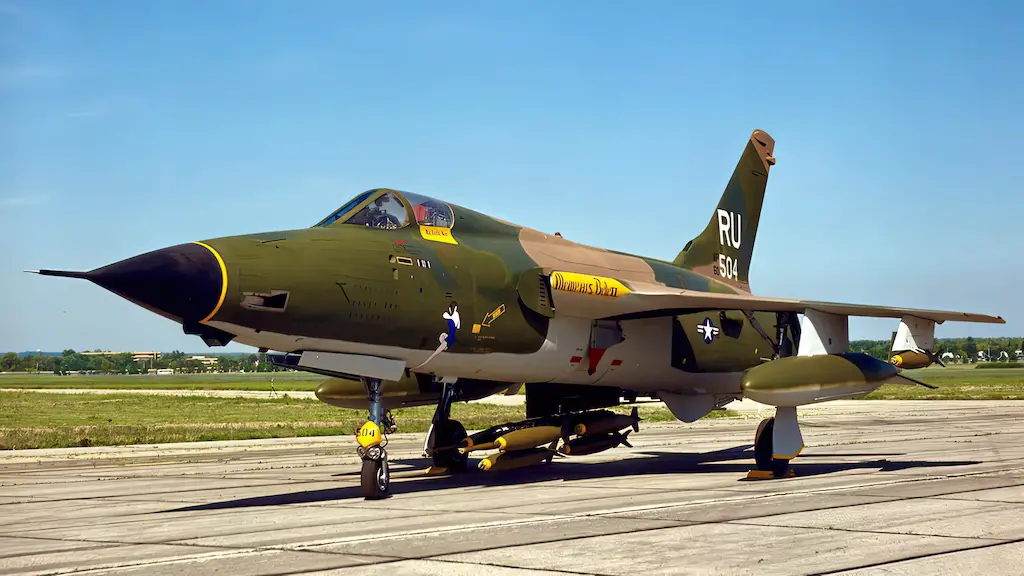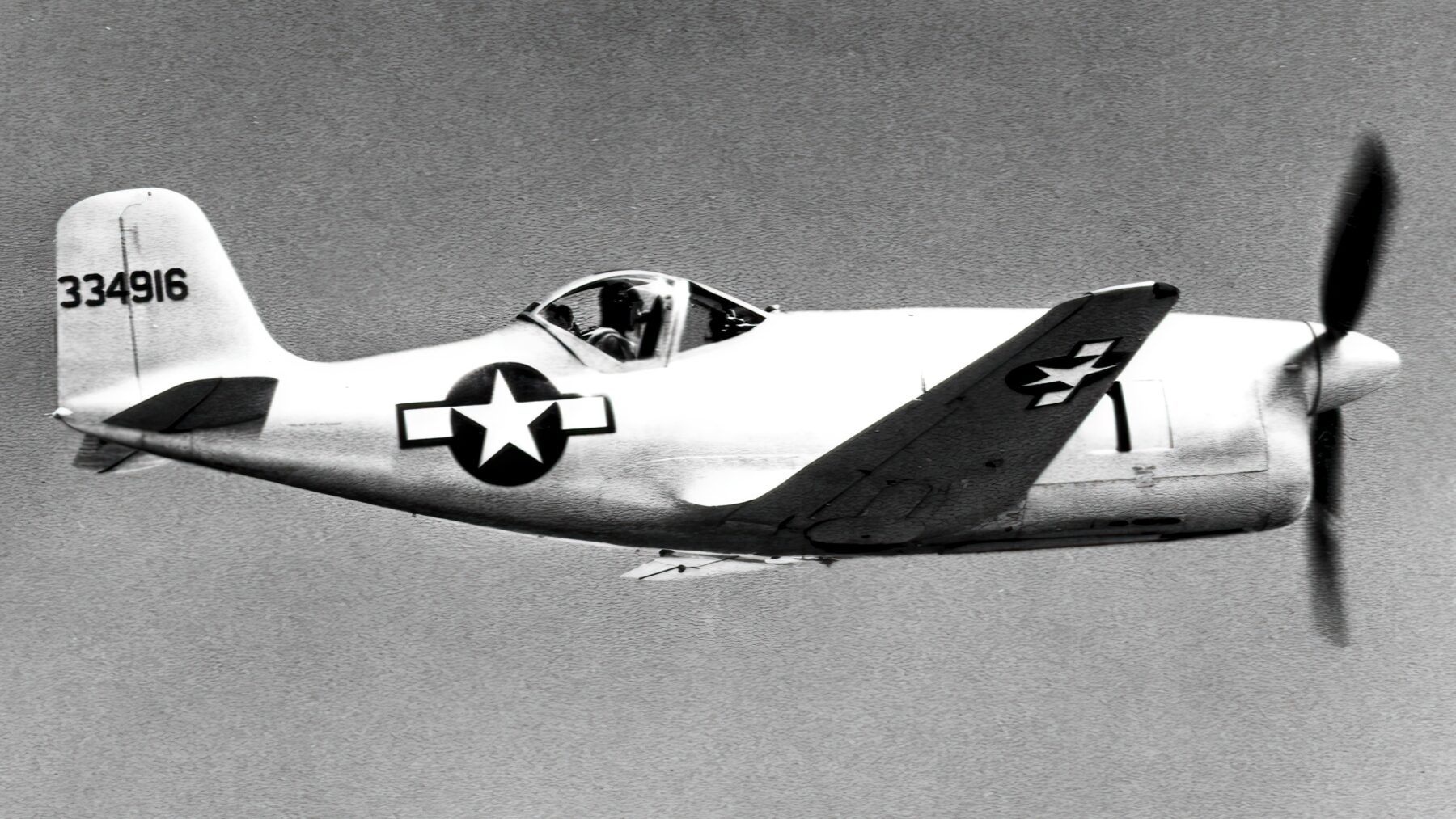The Dawn of an Ambitious Idea
During the chaotic throes of World War II, a unique vision took flight – the Bell XP-77. The XP-77’s birth began as a response to a potential crisis: the possible shortage of strategic materials, chiefly metals. The Bell Aircraft Corporation, the idea’s progenitor, sought to produce a high-performance fighter aircraft. They envisioned it light, nimble, and, most importantly, less reliant on metal.
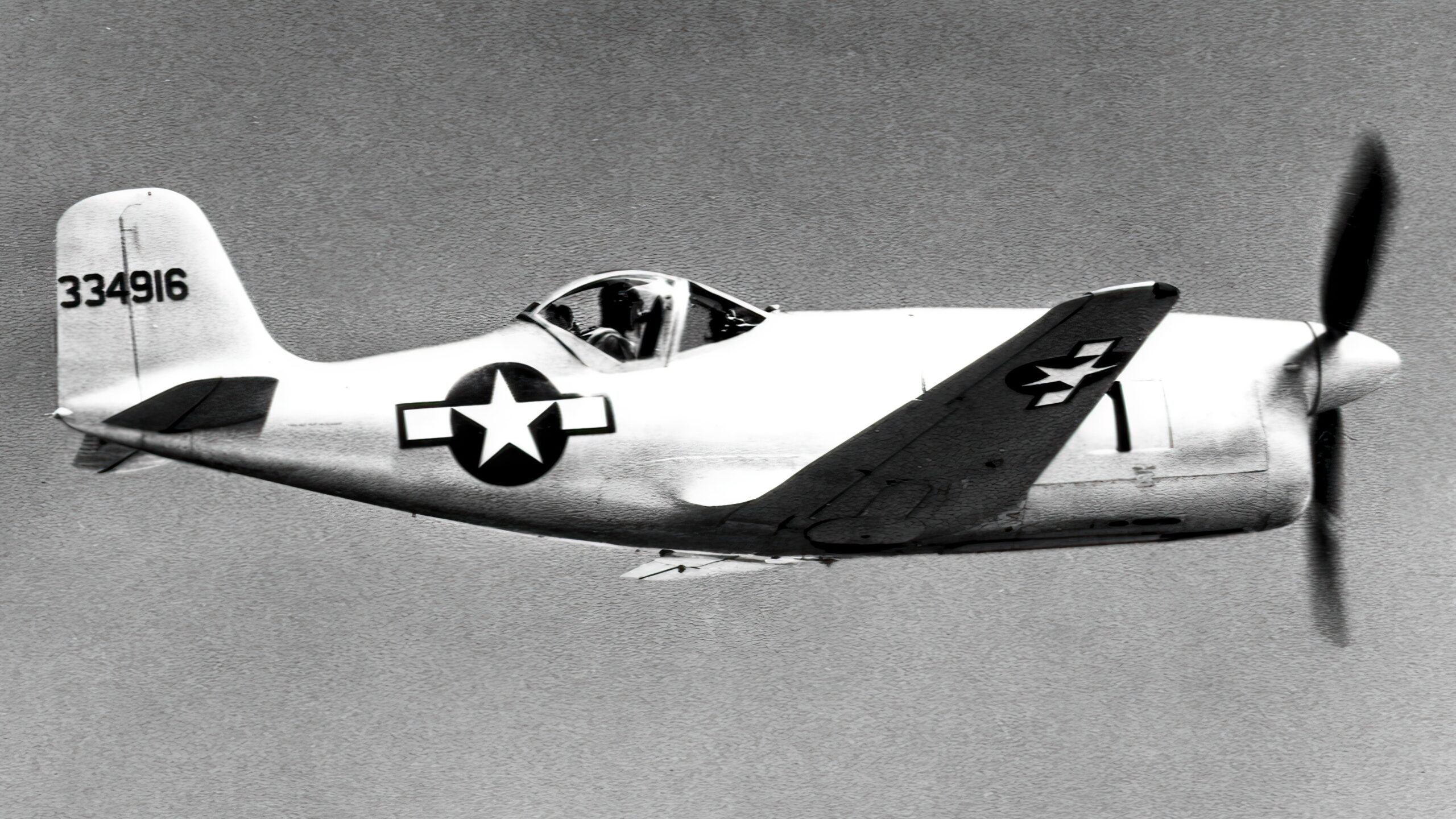
The Heart of the Beast
No aircraft can touch the skies without the roaring heart within – its engine. The engine chosen for the Bell XP-77 was the six-cylinder, air-cooled Ranger XV-770-7. Packing 520 horsepower, this engine promised the punch Bell was after. The company desired speed, and the Ranger engine was a step towards achieving that.
However, the engine was a significant source of the XP-77’s woes. Despite its impressive specifications on paper, the Ranger XV-770-7 was prone to overheating, and its performance was not up to the mark. This engine became a stumbling block on the path to the XP-77’s realization.
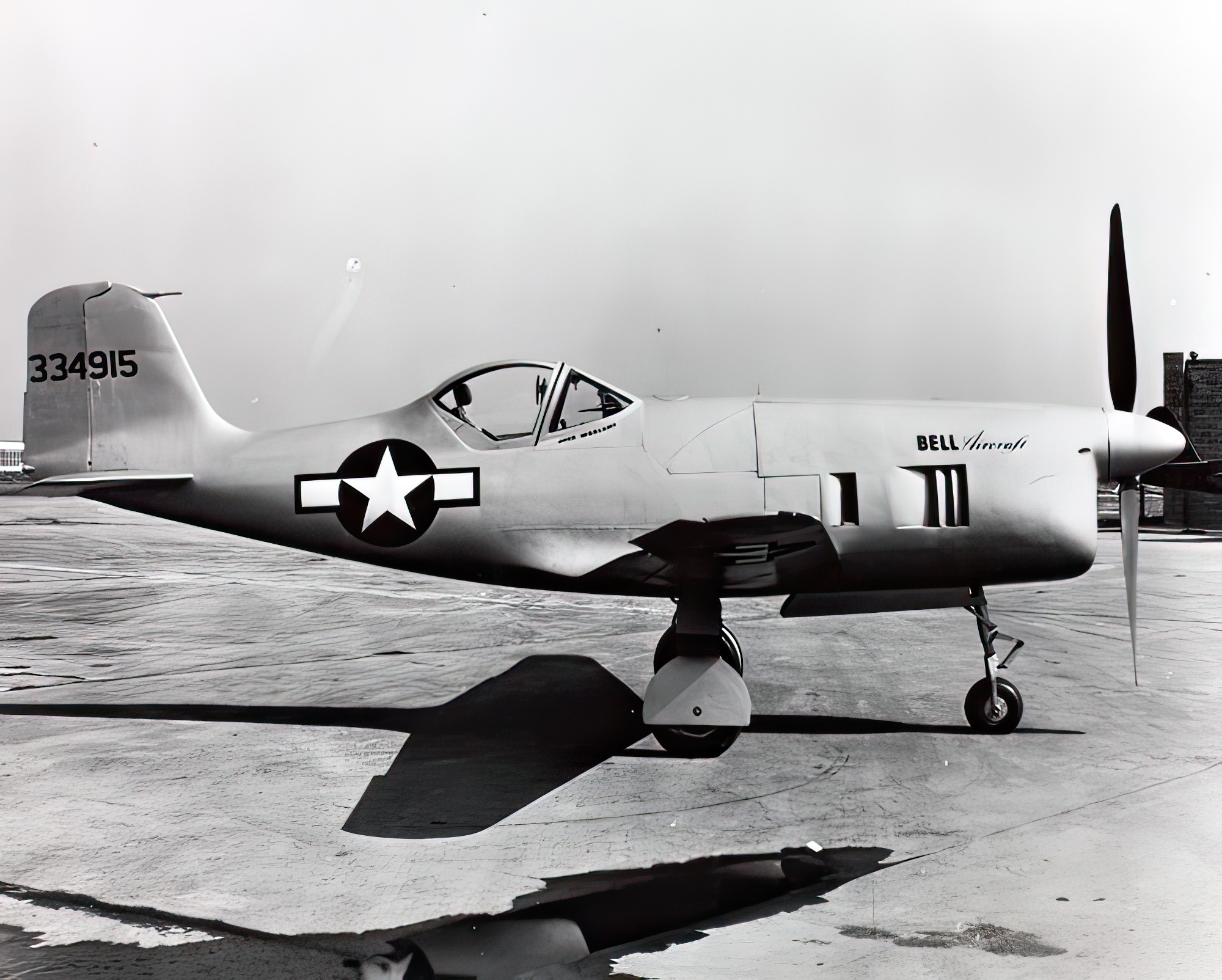
The Trials in the Sky
The XP-77 first took to the skies on April 1, 1944. Test flights offered hope but also revealed many issues. While the aircraft exhibited desired characteristics such as easy handling and quick maneuverability, persistent engine troubles cast a shadow over these positives. Overheating issues frequently returned, causing severe concerns.
Moreover, the test flights demonstrated that the XP-77’s top speed fell short of initial estimates. Bell’s lightweight fighter could only reach speeds of 330 mph, rather than the projected 415 mph. Such significant performance issues were disappointing, contributing to the dwindling faith in the XP-77’s potential.
Why the XP-77 Never Served
Despite its ambitious beginnings, the XP-77’s promise remained unfulfilled. Many factors led to the project’s shelving. The most glaring were the issues related to its Ranger engine. The consistent overheating and underperformance during test flights were significant failures.
There was also a shift in the war’s reality. The anticipated metal shortage never truly materialized. The dire need that had sparked the XP-77’s conception was no longer relevant, and without that urgency, the aircraft’s limitations became less tolerable.
In a twist of fate, the XP-77’s lightweight design turned from a strength into a weakness. The wood and plastic structure was less durable and more vulnerable to combat damage compared to traditional metal aircraft. Additionally, the lighter structure limited the XP-77’s potential to be equipped with heavy armament, further questioning its suitability as a frontline fighter.
In the end, the war moved on, leaving the XP-77 behind. The project was officially cancelled in October 1944, marking an end to the dream of a lightweight, high-performance fighter.
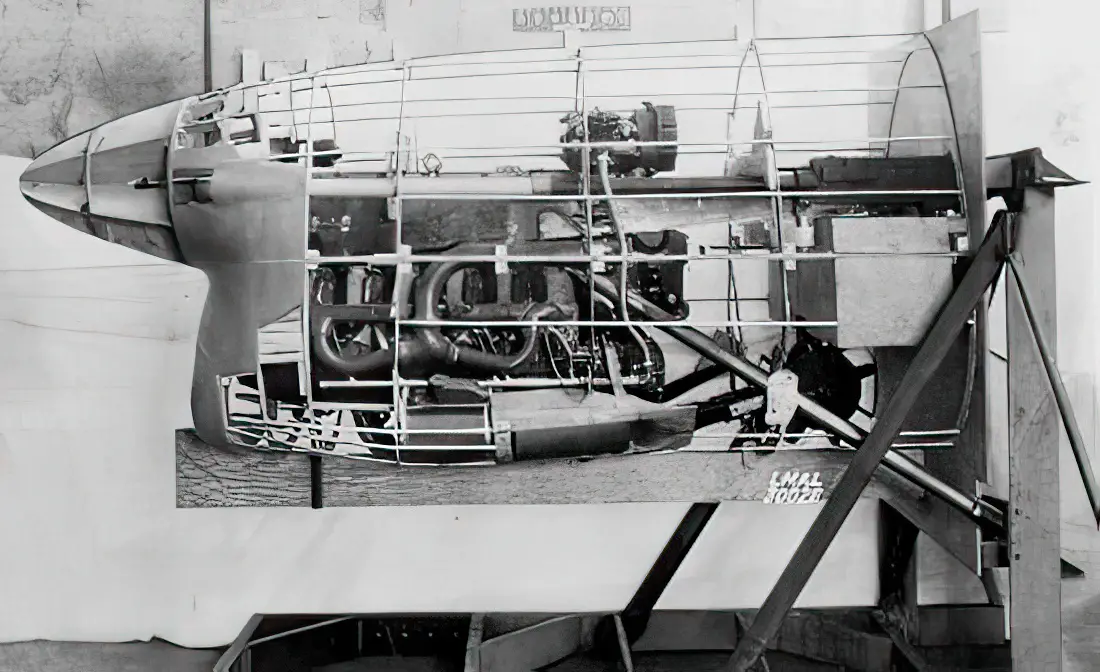
The XP-77’s Unseen Legacy
Despite its failure, the Bell XP-77 offers valuable lessons. It served as a testament to innovative thinking during times of crisis. Even though it never entered service, its design philosophy—creating efficient, less resource-intensive machines—still holds relevance today.
The XP-77 reminds us that failures aren’t final, but stepping stones on the path to future success. Its story is a testament to our capacity to dream, innovate, and push the boundaries of possibility, even in the most challenging times.
